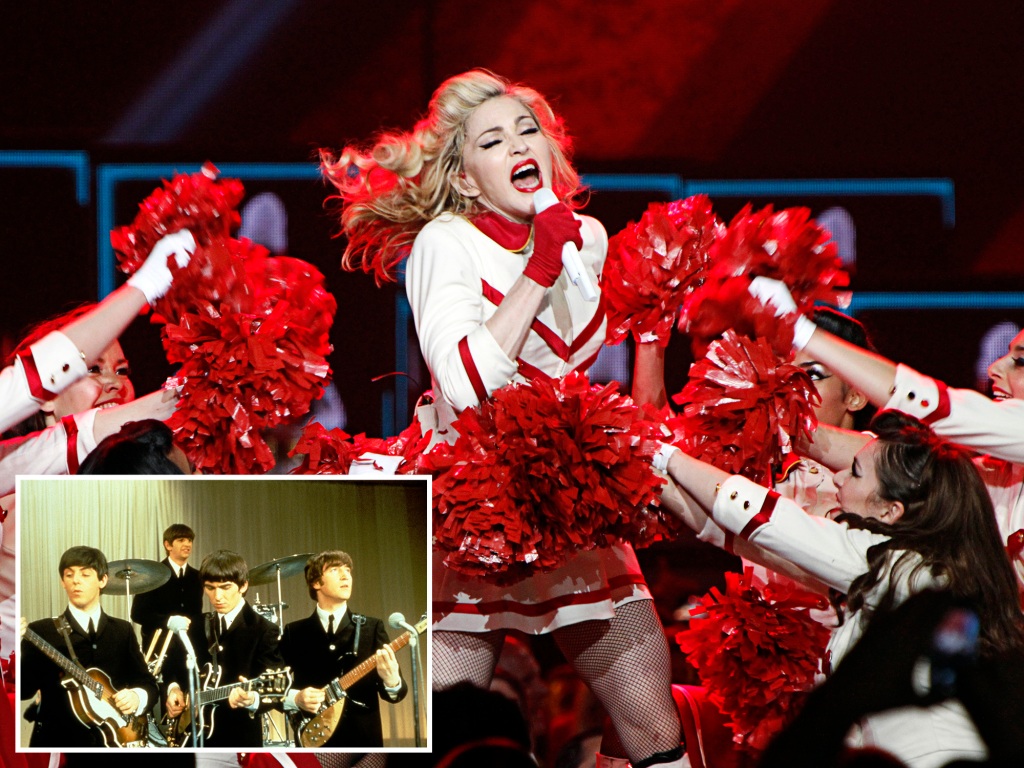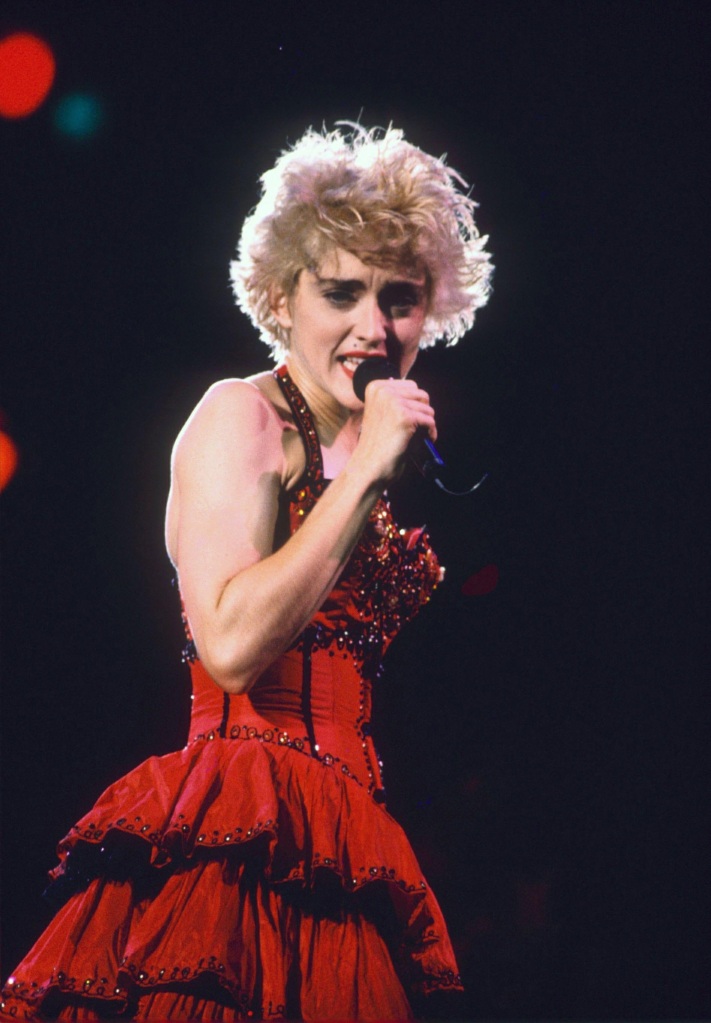Don’t go for second best, baby.
That’s what Madonna told us on “Express Yourself,” one of her most iconic singles — and crotch-grabbing videos — in 1989.
Since launching her legendary career with “Everybody” on Oct. 6, 1982, Madonna has delivered hit song after hit song. She has no equal when it comes to her colossal catalog of singles. Even The Beatles don’t justify as much love as Madge.
Forty years after Madonna instructed us to “dance and sing, get up and do your thing” on her debut single, the 64-year-old superstar is not only the Queen of Pop — laying the blueprint for everyone from Janet, Beyoncé and Rihanna to Britney, Gaga and Dua — but the Queen of Singles.
Sure, the Fab Four had an extraordinary run from their first US No. 1 hit, “I Want to Hold Your Hand,” in 1964 to their final one, “The Long and Winding Road,” in 1970. And yes, they amassed 20 chart-toppers to Madonna’s relatively mere 12. But those numbers hardly tell the whole story.
In the three decades after “Everybody,” Madge racked up 38 Top 10 singles, with her last one, “Give Me All Your Luvin,’” coming 10 years ago in 2012. While that’s a number that has since been surpassed by a streaming-boosted Drake — who, let’s face it, nobody is trying to compare with the Beatles — it’s a testament to both her longevity, her songcraft and her continuous evolution as an artist. She defined what it meant to reinvent yourself while unapologetically expressing yourself.
And — from vinyl to cassettes to CDs to downloads to streams — she did it all with there being only one Madonna, as opposed to those four Liverpudlian lads.

Certainly, Madge — breaking out of the New York club scene, where “Everybody” filled the floor of Danceteria — has the distinction of starting her career in a way that is pretty unfathomable for the mop-topped Beatles. Without a photo of Madonna on the single cover of “Everybody” — and before the full onslaught of MTV — she was marketed as a “black” artist to R&B stations because of the soulful nature of her electro-pop bop. How the Queen of Pop could begin her ascension to the throne without anyone knowing that she was actually white remains remarkable.
But after getting early love from black and gay audiences, Madonna expanded what it meant to be a white female pop star with her cross-cultural influences and impact, whether it was the R&B bounce of her first Top 10 hit, 1984’s “Borderline”; the ballroom posing of her best-selling single, 1990’s “Vogue”; or the gospel take-you-thereness of her greatest song, 1989’s “Like a Prayer.”

While there were always inherent Madonna-isms to every single she released — just as Merriam-Webster gives “Beatlesque” its own entry in the dictionary — she, on the whole, refused to repeat herself. It’s hard to think of any other artist who could go from the velvety balladry of “Take a Bow” (produced by Babyface) to the trippy techno of “Ray of Light” (beat-mastered by William Orbit) in a span of two studio albums.
To her underrated credit, Madonna co-wrote the vast majority of those hit singles that make up her cherished catalog — one that she refuses to sell. But she penned “Everybody” all by herself. And the dance-floor fellowship of her debut single was revisited on her last No. 1 hit, 2000’s “Music.”
“Music makes the people come together,” she sang on the insanely catchy chorus.
And for 40 years and counting, Madonna has united us all into the groove.

